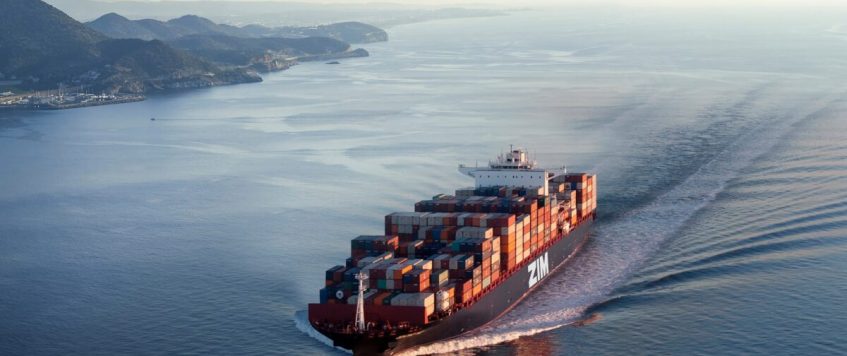-
20
Mar
Strategic Impasse in Global Shipping Amid Rising Disruptions
The recent spike in spot ocean freight rates, contrasted with a cautious approach towards long-term contracts, illuminates a series of interconnected challenges and strategic maneuvers within the global shipping industry. This situation, fueled by geopolitical tensions and environmental factors, has led to significant disruptions in traditional shipping routes, particularly highlighted by the diversions around the Red Sea and the drought affecting the Panama Canal’s operational capacity.
These disruptions have not only caused immediate spikes in spot rates due to increased operational costs and uncertainties but also instigated a broader reconsideration of risk management and contract negotiation strategies among shippers and carriers. With the Red Sea diversions, for instance, the rerouting of ships has introduced additional complexities and costs, compelling carriers to seek higher spot rates to offset these sudden changes. Meanwhile, the drought at the Panama Canal has similarly constrained shipping capacities, further straining the global supply chain and elevating spot prices.
The timing of these disruptions coincides with critical negotiation periods for annual freight contracts, leading to a tense standoff. Carriers, buoyed by the higher spot rates, are pushing for contracts that reflect these increased costs. Shippers, on the other hand, wary of committing to elevated rates amid ongoing volatility, are holding out in anticipation of rate declines, especially as the immediate impacts of the diversions begin to wane. This impasse is heightened by the broader context of a post-pandemic recovery phase, where demand patterns remain unpredictable, adding another layer of complexity to negotiations.
This scenario is further complicated by the varied impacts across different trade lanes. While Asia to U.S. West Coast routes have experienced a pronounced disparity between spot and contract rates, the situation differs for routes such as Asia to Europe or Asia to U.S. East Coast. The absence of the Suez route for the latter and the additional challenges posed by the Panama Canal’s reduced capacity have led to differing rate dynamics and strategic considerations for carriers and shippers alike.
Moreover, the underlying issues of supply chain resilience and the repositioning of empty containers have been brought to the forefront. The trade imbalances, particularly highlighted by the increased trade activities between China and Russia, have exacerbated the logistical challenges of managing container flows, contributing to the rate volatility and the strategic calculus of both shippers and carriers.
In response, industry stakeholders are exploring various strategies to navigate this uncertainty. Some are considering more flexible contract terms, incorporating renegotiation clauses, or adjusting the duration of contracts to better manage risks. Others are reevaluating their reliance on specific trade lanes or ports, as evidenced by the surge in container processing volumes at the Port of Los Angeles, which has become a preferred entry point for many shippers looking to mitigate the impacts of the Panama Canal’s limitations.
As the industry grapples with these challenges, the coming months are expected to be a critical period for assessing the long-term implications of the current disruptions on global shipping rates, carrier strategies, and the overall resilience of the supply chain.

